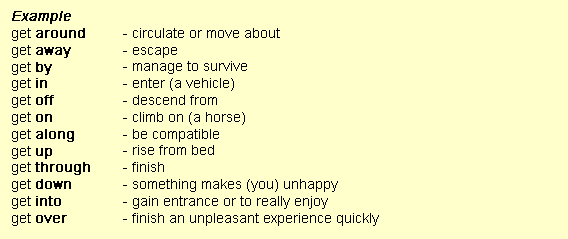Prepositions often tell you where something is or when something happened.Prepositions are usually used in front of nouns or pronouns and they show the relationship between the noun or pronoun and other words in a sentence. The meanings of prepositions can be vary. From https://www.talkenglish.com/vocabulary/top-50-prepositions.aspx The top 50 prepositions are as follow:
|
||||||||||||||||||||||||||||||||||||||||||||||||||||||||||||||||||||||||||||||||||||||||||||||||||||||||||||||||||||||||||||||||||||||||||||||||||||||||||||||||||||||||||||||||||||||||||||||||||||||||||||||||||||||||||||||||||||||
|
By the way, for standard 3 – there are only five preposition introduction:
- In front of
- behind
- in
- under
- beside
Credit to https://unilifeapps.curtin.edu.au/TheLearningCentre/Display?book=5&page=78 for explaining the common error of prepositions
1. Using the wrong preposition

2. Omitting the preposition

3. Using an extra preposition

Four more things to remember about prepositions
1. The verb ‘to be’ + preposition + adjective
This is a common construction in English.

2. Nouns that follow common prepositions
Common prepositions (at, in, on, out of, under, for, of) are often used in combination with nouns.

3. Verbs that have a predetermined preposition (or two)
Many of our approximately 4000 regular verbs and 200 irregular verbs can be used in combination with prepositions.

Other verbs are linked more closely to one or possibly two prepositions. Below is a short list of 10 verbs that have one (or 2) predetermined prepositions.

Do you know any more verbs like this?
4. Idiomatic verb forms
We do not always link verbs to just one specific preposition. In fact, some verbs, when used idiomatically, are linked to many different prepositions to give that verb a specific meaning. The example below is the verb to get, which means to obtain or receive. Idiomatically, the verb takes on a great many meanings.

